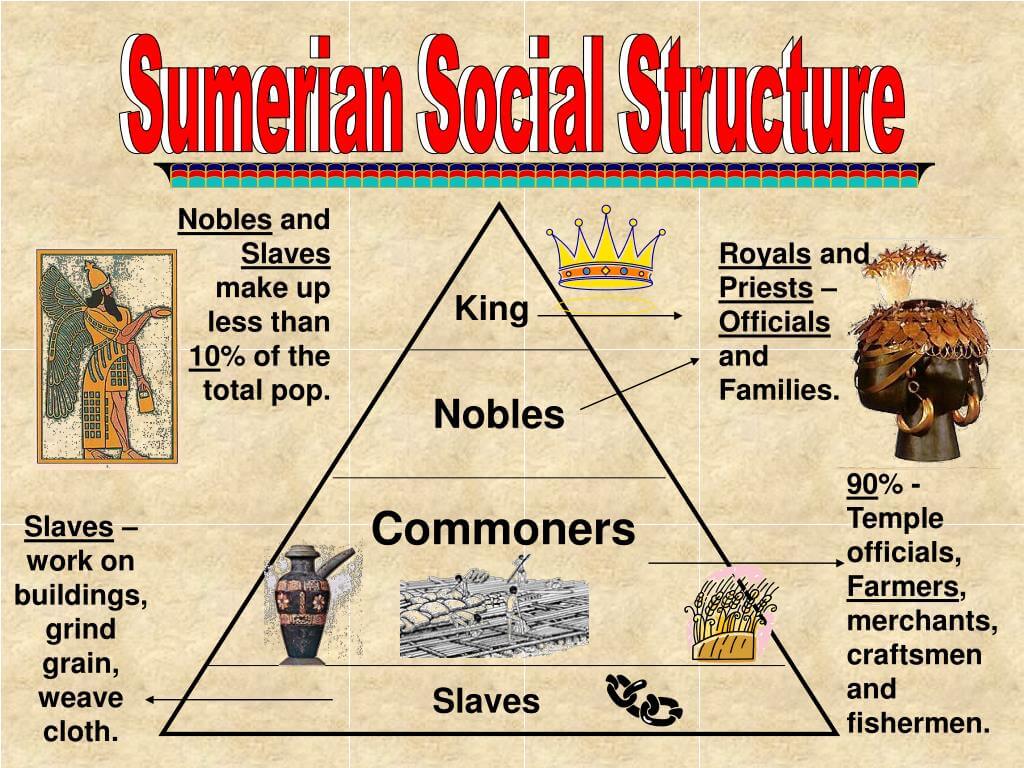Mesopotamia, often referred to as the cradle of civilization, was a remarkable ancient region that flourished between the Tigris and Euphrates rivers. Its rich history, spanning thousands of years, has left an indelible mark on human development. One of the most fascinating aspects of Mesopotamian civilization is its social structure, which played a crucial role in shaping the society and culture of the time. Understanding this hierarchy not only provides insight into the daily lives of its inhabitants but also illustrates how power and status were distributed in this early civilization.
The social structure of Mesopotamia was complex and multifaceted, characterized by various classes ranging from royalty to commoners. Each class had its own distinct roles, responsibilities, and privileges, creating a well-defined societal framework. By exploring the intricacies of this structure, we can gain a deeper appreciation for the dynamics of ancient Mesopotamian life.
In this article, we will delve into the different layers of Mesopotamian society, examining the roles of kings, priests, merchants, and farmers. We will uncover how religion, economy, and politics intertwined to shape the lives of individuals within this ancient civilization. Join us as we embark on this journey through time to better understand the Mesopotamian social structure.
What are the Key Classes in the Mesopotamia Social Structure?
At the pinnacle of the Mesopotamian social structure were the elites, comprised of the king and his family, followed by high-ranking priests and government officials. This upper class wielded significant power and influence over the governance and religious practices of the society.
- Royalty: The king was considered a divine ruler, believed to be chosen by the gods to maintain order and justice.
- Priests: They played a vital role in maintaining religious practices and rituals, often holding considerable wealth and authority.
- Nobility: This class included high-ranking officials who managed the kingdom's affairs and collected taxes.
How Did the Middle Class Function in Mesopotamia?
The middle class in Mesopotamia included merchants, artisans, and skilled laborers. This group was essential to the economy, engaging in trade and craftsmanship that contributed to the prosperity of the civilization. They had more wealth and influence than the lower class but were not as powerful as the elite.
What Roles Did Merchants and Artisans Play?
Merchants traveled across regions to trade goods, while artisans specialized in creating products such as pottery, textiles, and tools. Their contributions were pivotal in shaping the economic landscape of Mesopotamia.
- Merchants: Facilitated trade between city-states, often establishing long-lasting relationships with foreign markets.
- Artisans: Created goods that were not only functional but also artistic, reflecting the culture of the time.
What Was the Role of the Lower Class in Mesopotamian Society?
The lower class, comprised mainly of farmers, laborers, and slaves, formed the backbone of the economy. Their daily lives were often challenging, as they worked tirelessly to sustain the city-states through agriculture and manual labor.
How Did Farming Influence the Social Structure?
Agriculture was the lifeblood of Mesopotamian society, with farmers cultivating crops and raising livestock. The surplus produced by these farmers not only supported the population but also allowed for trade and the growth of cities.
What Role Did Religion Play in the Mesopotamia Social Structure?
Religion was deeply intertwined with the social structure of Mesopotamia. The ruling class, particularly the king and priests, held significant religious authority, which reinforced their power. Temples were not only centers of worship but also played a crucial role in the economy.
How Were Temples Central to Mesopotamian Life?
Temples served as economic hubs, providing jobs and resources for the community. They were involved in various activities, including the storage of surplus grain, which was distributed during times of need.
What Impact Did Warfare Have on the Mesopotamia Social Structure?
Warfare was a common occurrence in Mesopotamia, often leading to shifts in power and social dynamics. Victorious kings could expand their territories, leading to the rise of new elites, while defeated rulers faced significant losses.
Conclusion: How Did the Mesopotamia Social Structure Shape Civilization?
The social structure of Mesopotamia was a reflection of its values, beliefs, and economic necessities. Each class played a unique role that contributed to the overall stability and prosperity of the civilization. By understanding the intricacies of this structure, we can appreciate the complexity of Mesopotamian society and its lasting legacy on human civilization.
You Might Also Like
Unlocking The World Of Entertainment With Attackertv.tvDiscovering The Residence Of Jeanine Pirro: Where Does She Call Home?
Kourtney Kardashian: Navigating The Waters Of Divorce
Unraveling The Mysteries Of Attacker TV.com
Unveiling The Magic Of The Stephen Colbert Late Show
Article Recommendations
- King Von Autopsy
- Auto Kilcher
- Aimee Maye
- Jordin Sparks
- Is Baron Trump Autistic
- Liam Payne Fork
- Sela Ward
- Harry Connick Shirtless
- Lightskin Bbw
- Brian Bosworth


